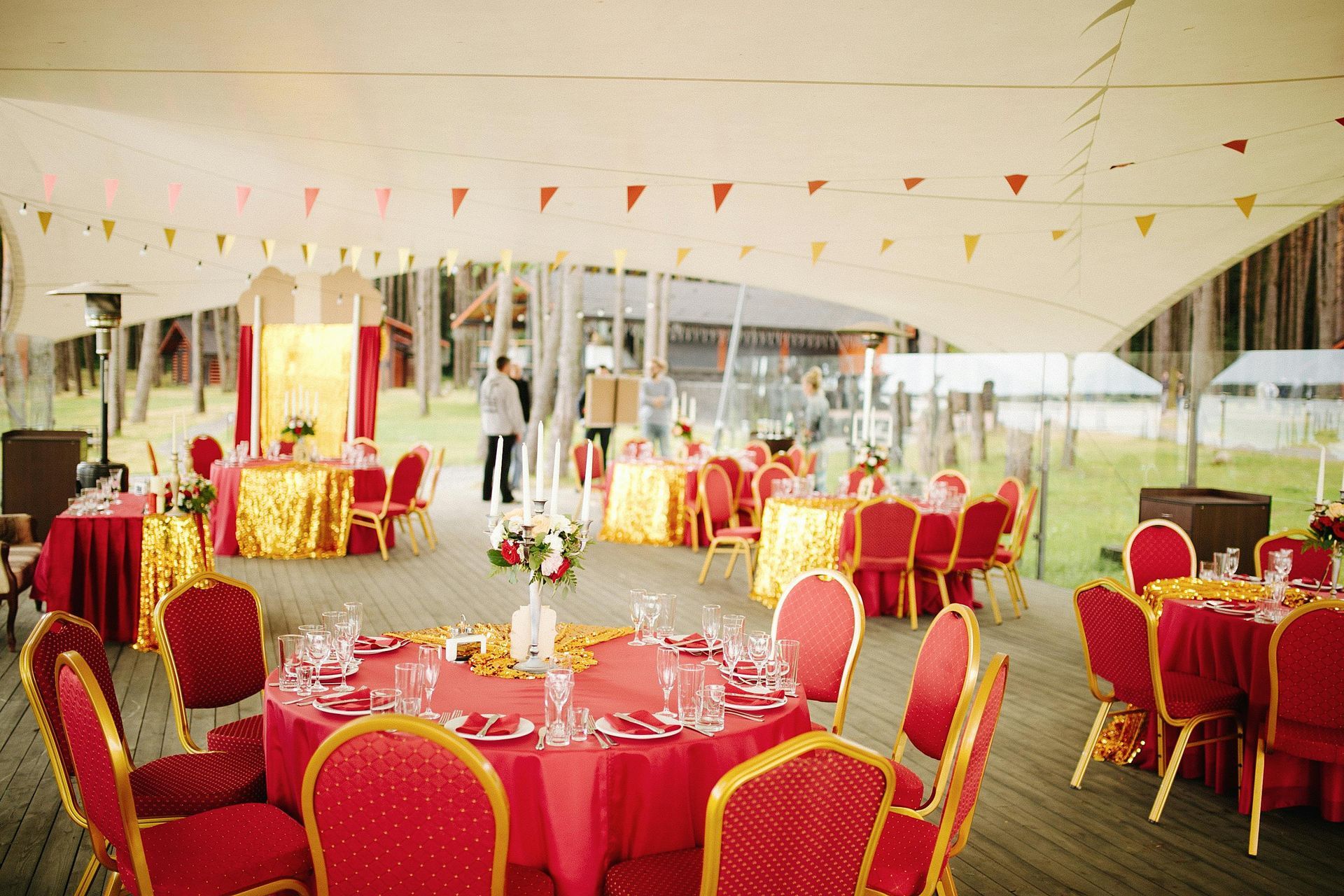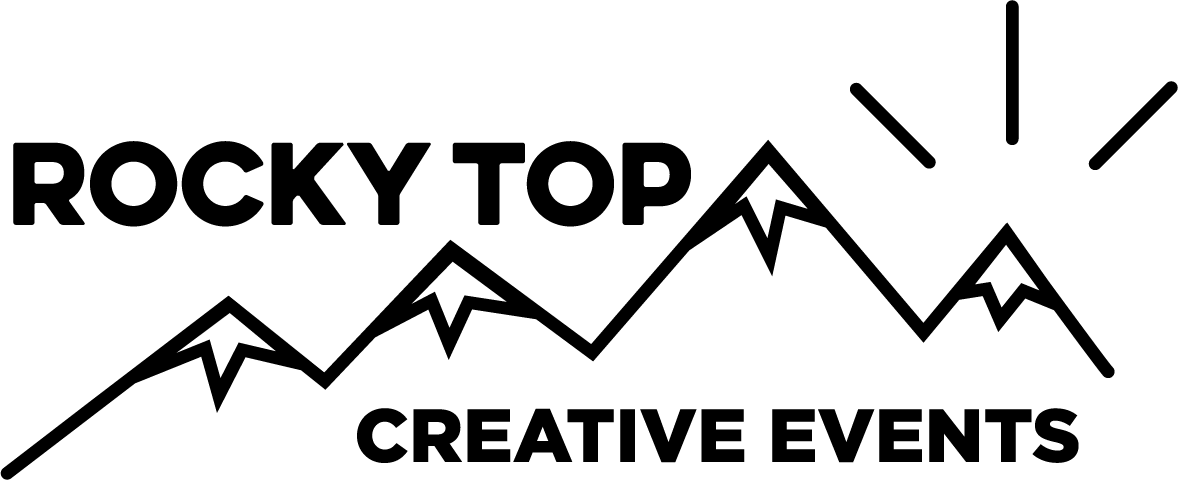Simple Software Tools for Keeping Campus Events on Track with Real-Time Scheduling
Avoid conflicts, save time, and keep campus events on track.
College campuses are some of the busiest event environments you can find. Student groups, faculty meetings, performances, conferences, and campus-wide celebrations often compete for the same spaces and resources. For event planning coordinators and conference service staff, staying on top of who has what reserved, and when, can feel like juggling a dozen calendars at once.
Along Colorado’s Front Range, universities such as the University of Colorado Boulder, Colorado State University in Fort Collins, and the University of Northern Colorado in Greeley know this challenge well. With thousands of events every semester, these campuses rely on clear, efficient scheduling systems to avoid conflicts and keep operations running smoothly.
The good news is that lightweight, budget-friendly software tools are making it easier than ever to provide real-time visibility into rooms, equipment, and event assets. With the right system in place, double-bookings disappear, last-minute conflicts are avoided, and events run on schedule.
Shared Inventory Apps
For campuses with shared equipment like microphones, lighting, or projectors, inventory tracking is critical. Simple apps allow staff and student groups to see what is checked out and when it is available. Some even integrate with mobile notifications, so stakeholders are alerted when gear is overdue or ready for pickup. These tools cut down on manual spreadsheets and provide a clear, accessible picture of resources. A campus like CU Boulder could use this type of app to manage the high turnover of AV gear across its multiple performance and lecture venues.
Integrated Calendar Plug-Ins
Most colleges already rely on platforms like Google Workspace or Microsoft 365. By adding event-scheduling plug-ins that integrate directly with these calendars, event staff can streamline room reservations. This ensures that the same information is visible to students, staff, and administrators alike. Coordinators can block spaces, set approval workflows, and even embed public views of available rooms to minimize confusion. At Colorado State University, where student organizations often host overlapping events, these plug-ins help avoid last-minute conflicts.
QR-Code Checkout Systems
For campuses that loan out equipment or reserve specialized spaces, QR-code systems are a simple but powerful option. Staff can attach QR codes to items or doors. Students scan them to check items in or out, while the system updates availability in real time. This reduces the bottlenecks of paperwork and ensures accountability while giving everyone a transparent view of what is in use. A university like UNC could implement QR codes for reserving practice rooms or sports equipment, cutting down on lost time and manual sign-outs.
Why Real-Time Tools Matter
When everyone can see what is booked and what is not, campus event teams save time, reduce miscommunication, and improve the student experience. These tools do not require massive budgets or long training sessions. Instead, they provide clarity and efficiency, freeing event staff to focus on what really matters: creating memorable campus events.
What is the best platform for scheduling appointments?
Google Calendar and Microsoft Outlook are widely used, but dedicated apps like Calendly and Acuity Scheduling offer more advanced booking features.
Is anything better than Calendly?
It depends on your needs. Some users prefer Acuity Scheduling for its customization, while others use Microsoft Bookings or OnceHub for integration with existing systems.
What is the most commonly used scheduling system?
Google Calendar is the most widely adopted scheduling system, particularly in higher education settings where it integrates easily with student and staff accounts.
What is the best appointment booking app?
The best app varies by campus, but popular options include Calendly, Acuity Scheduling, and Microsoft Bookings, each offering scalable features for different budgets.







